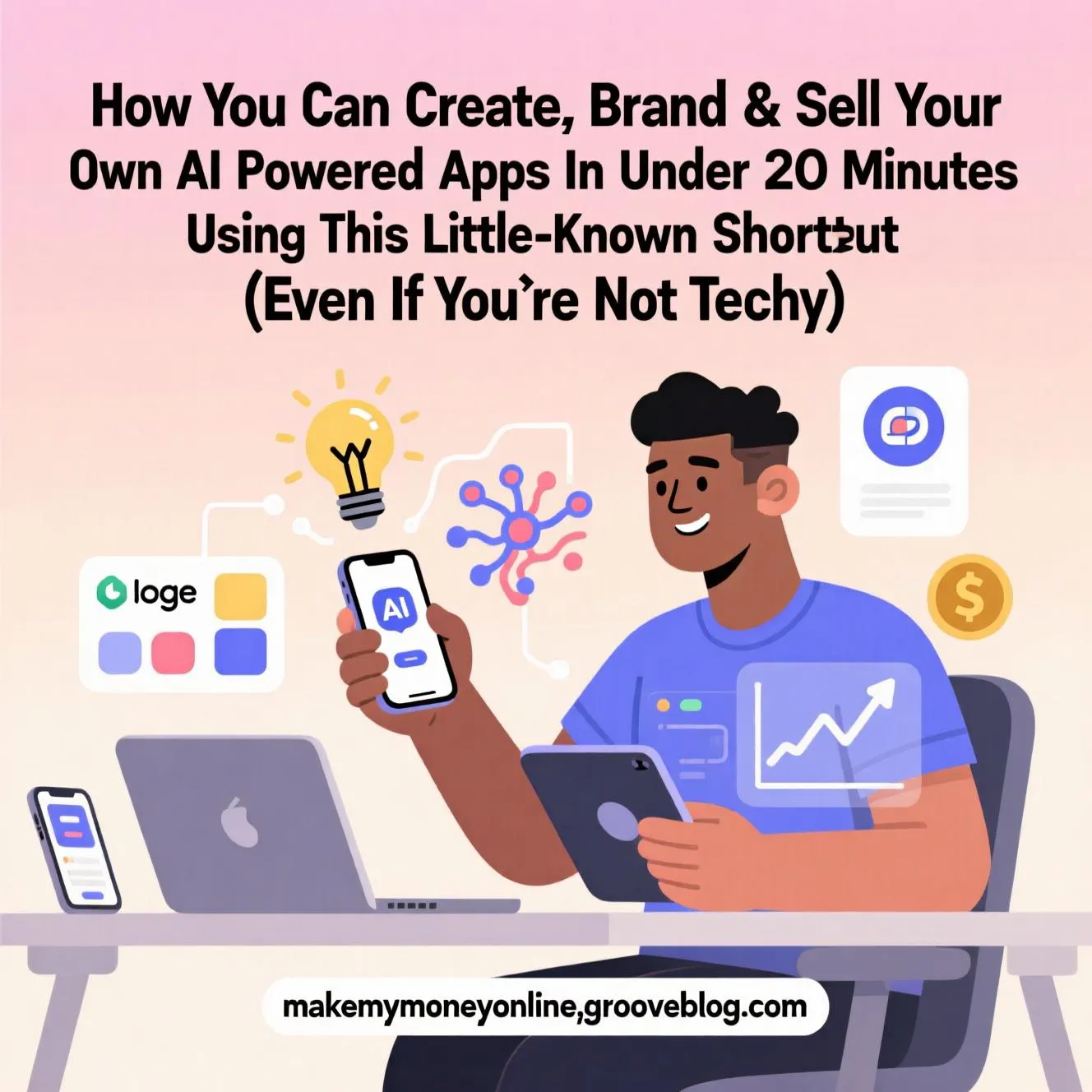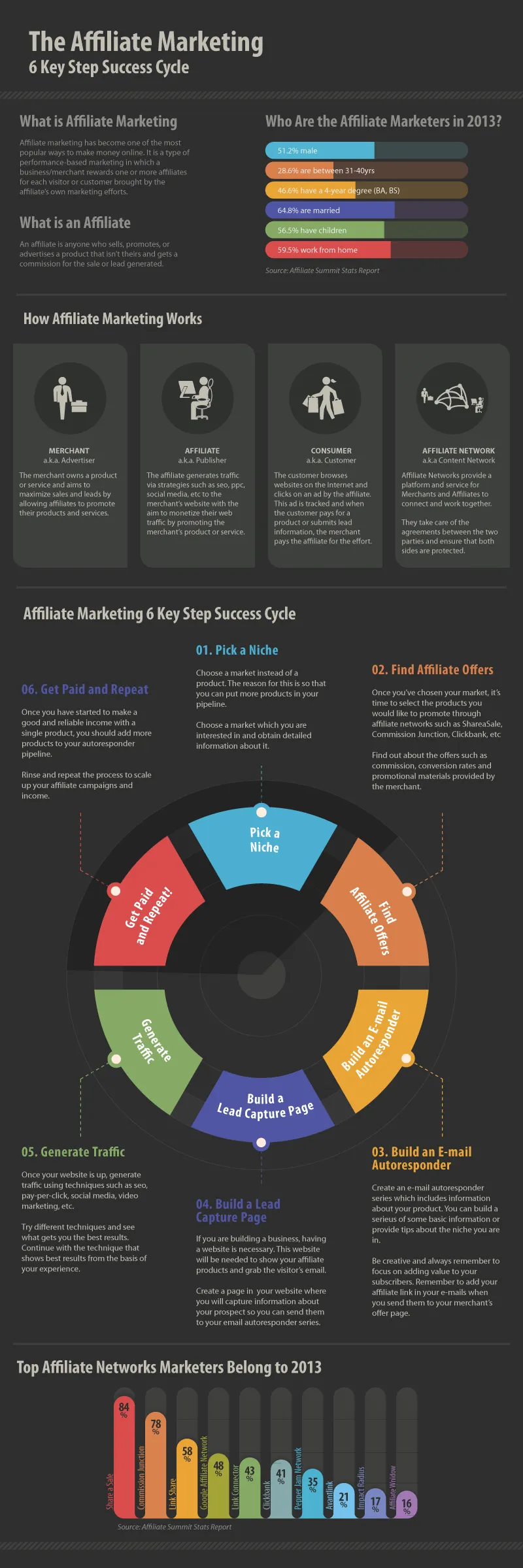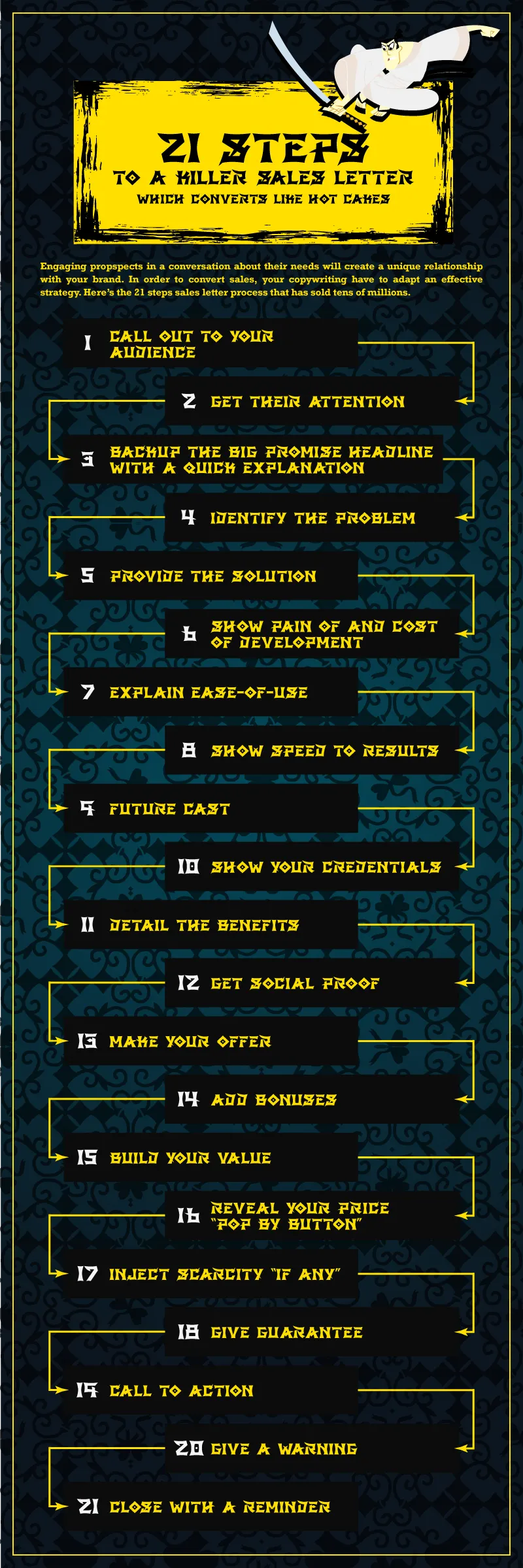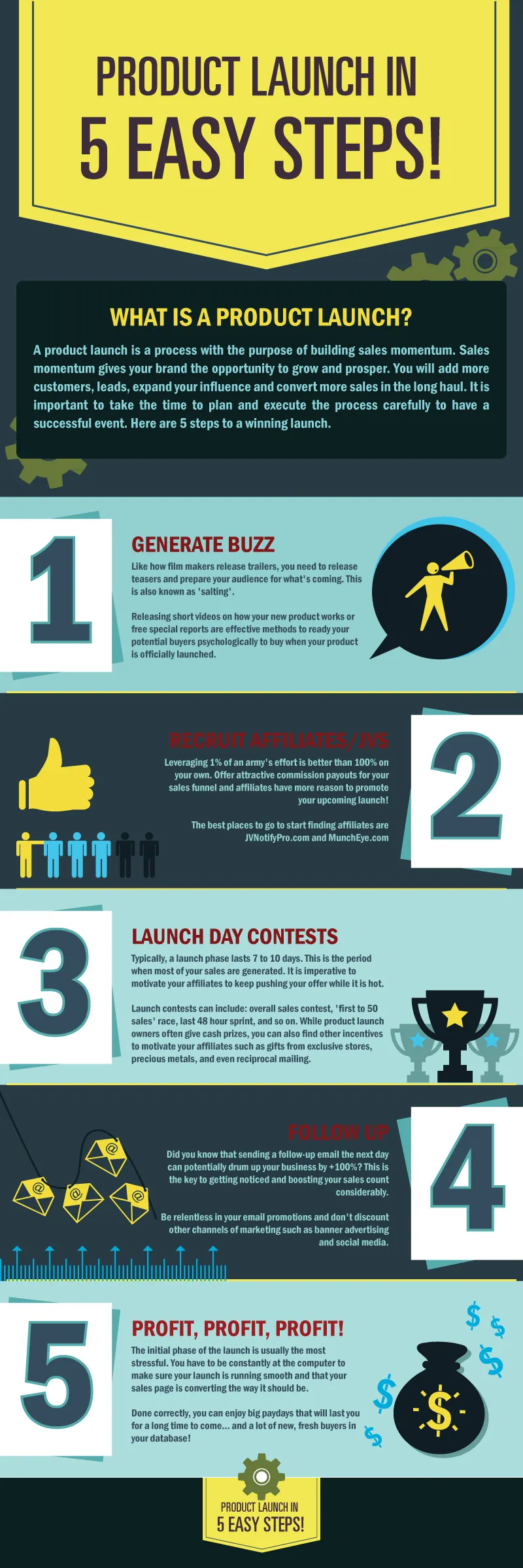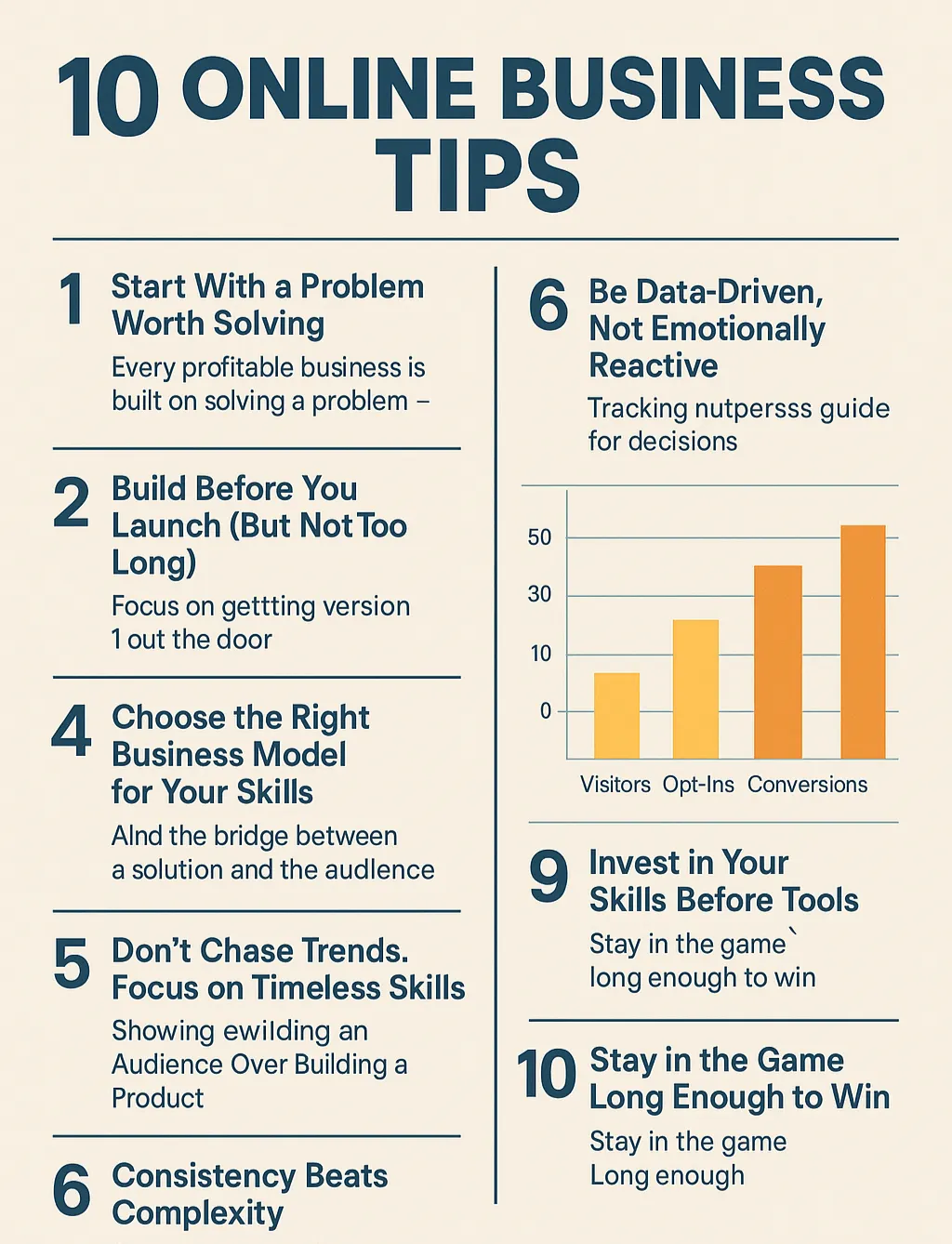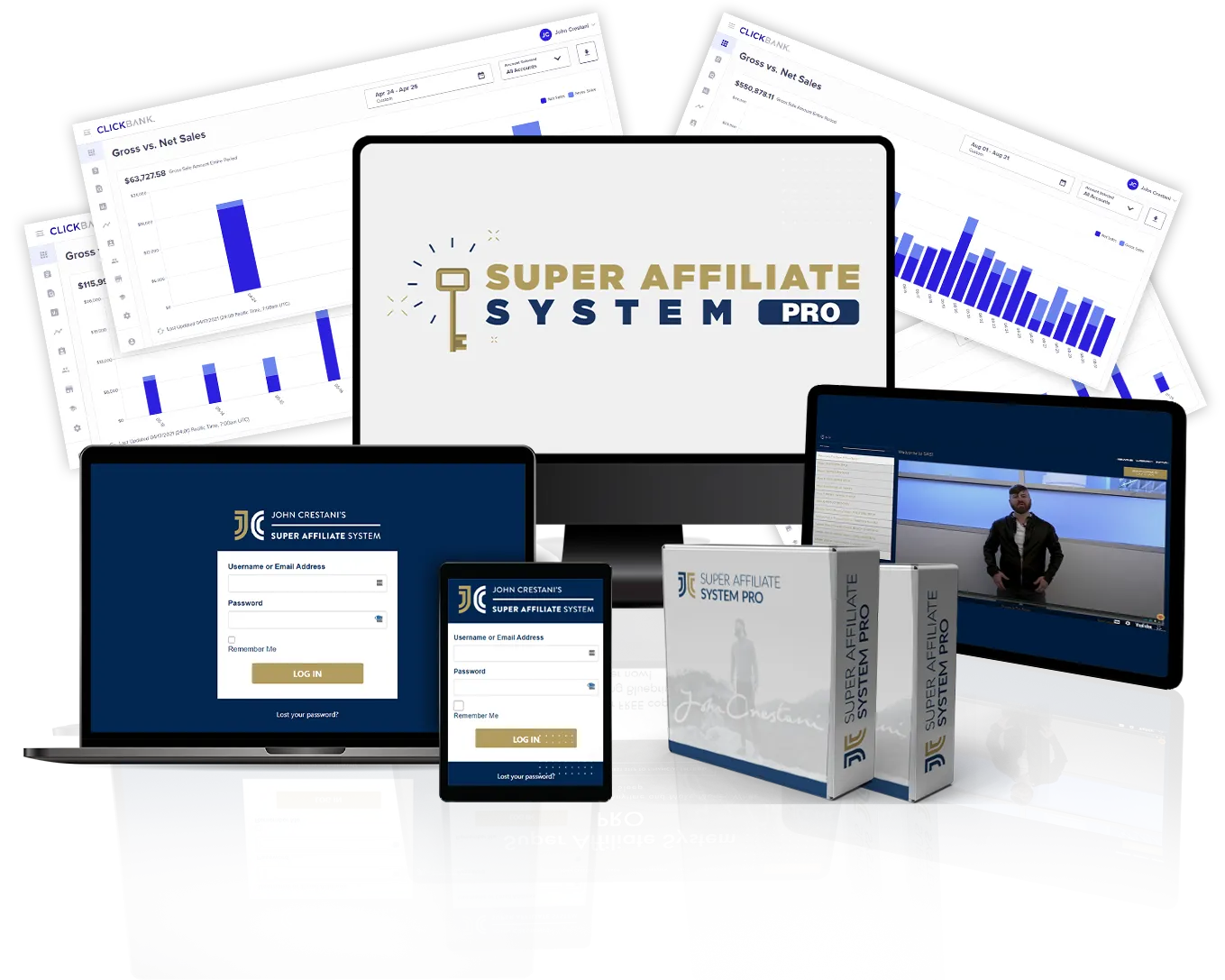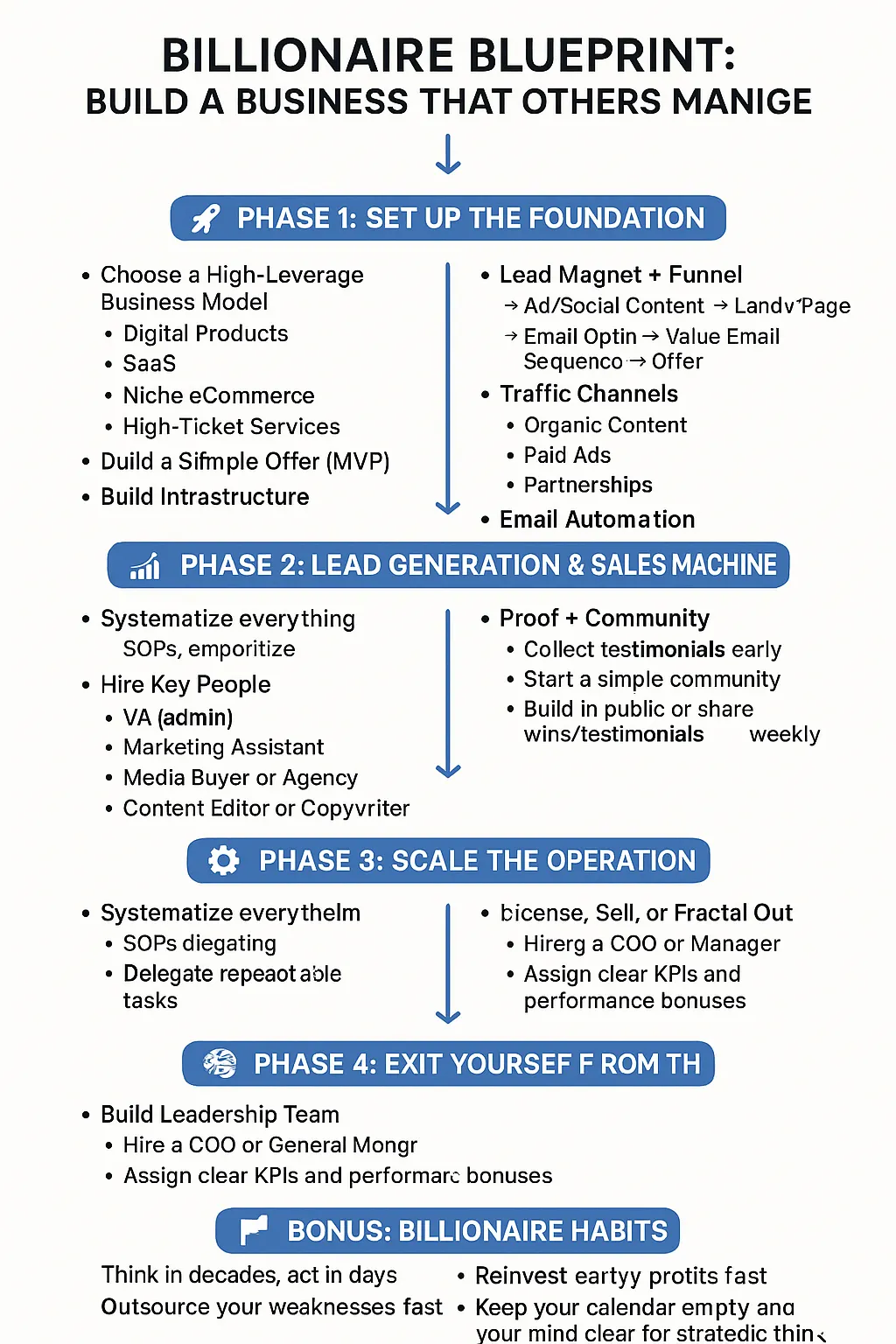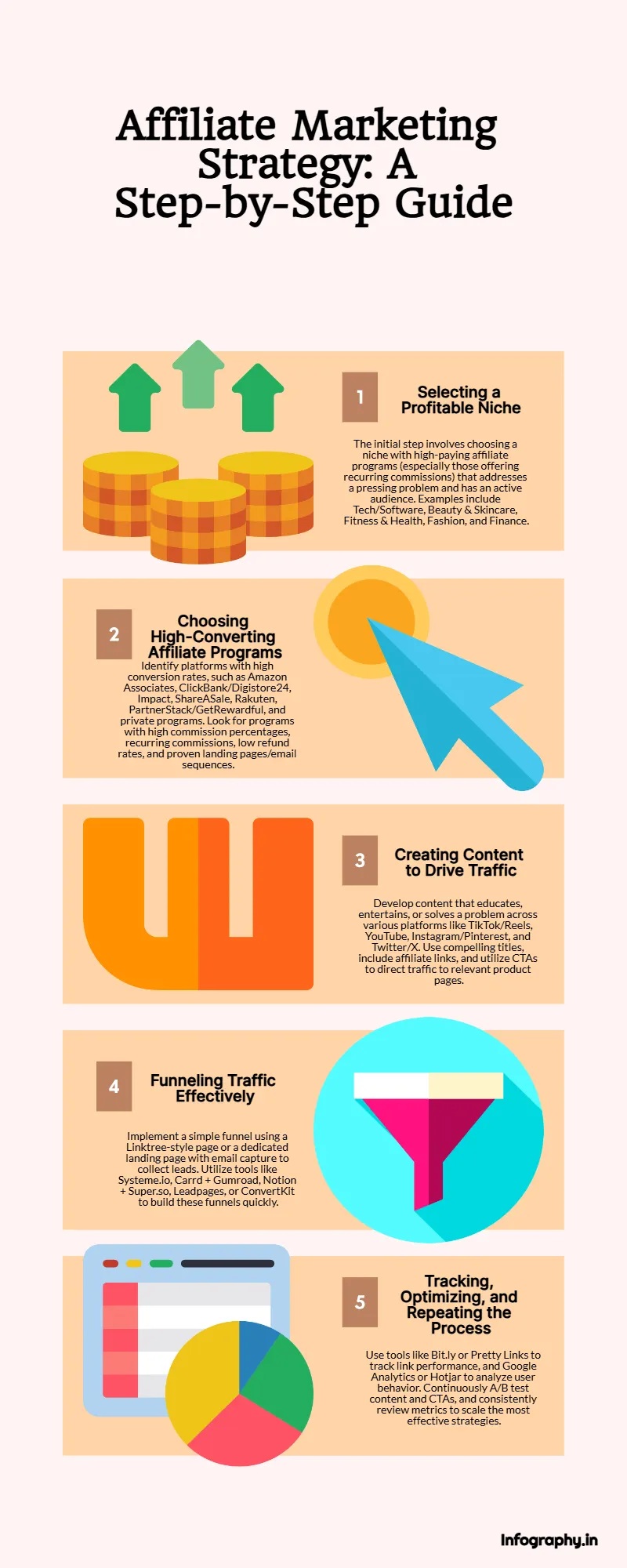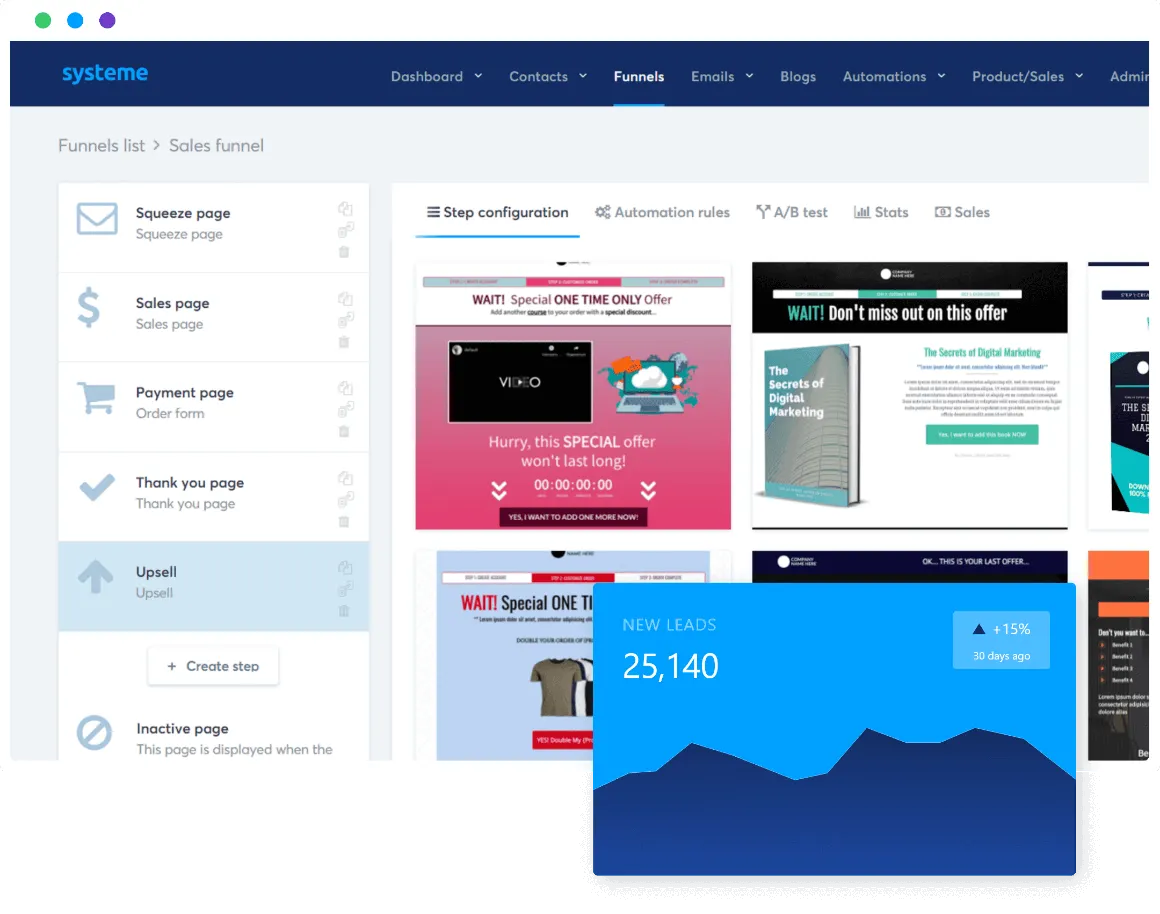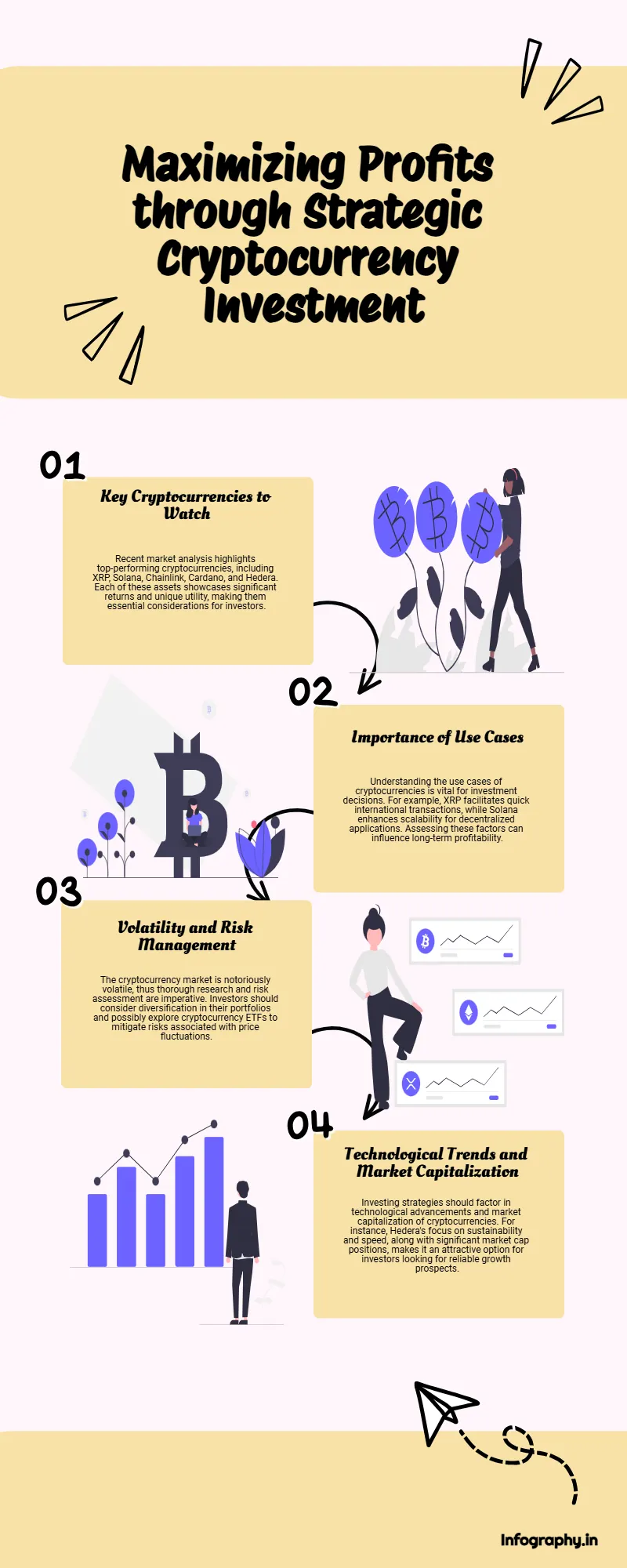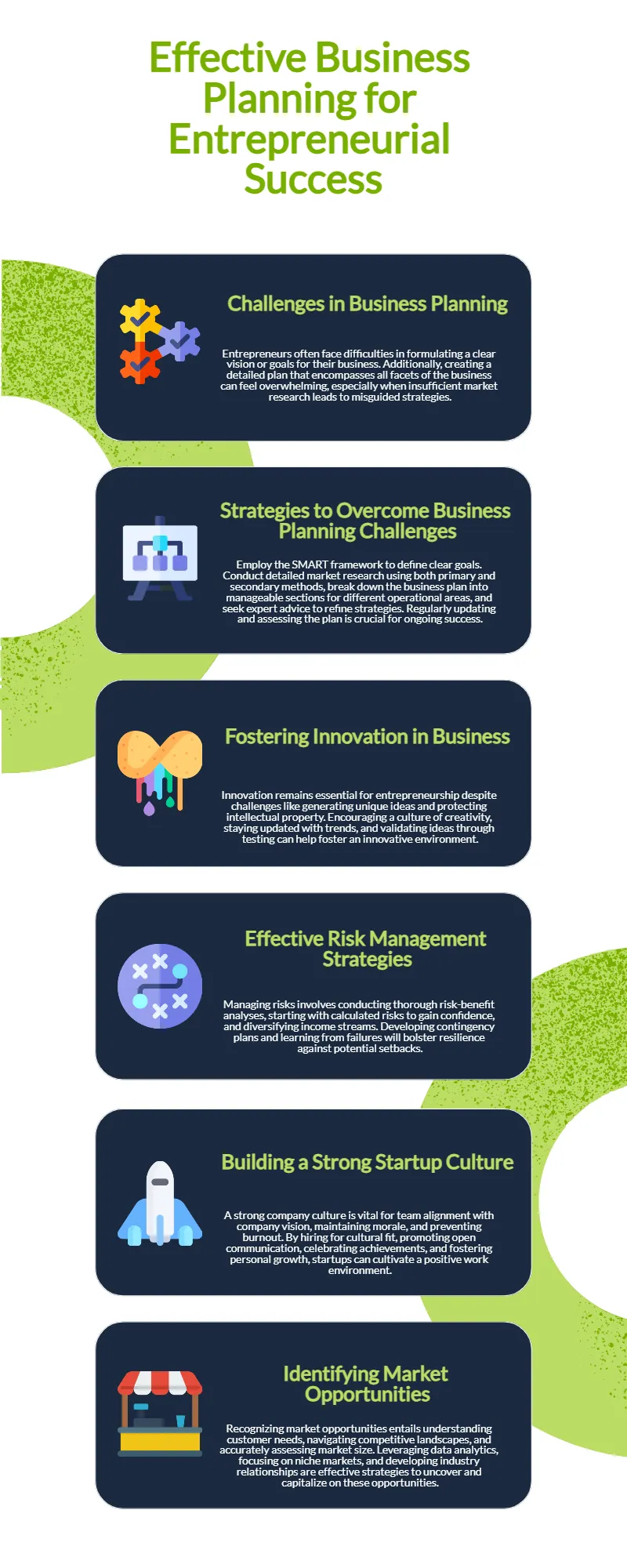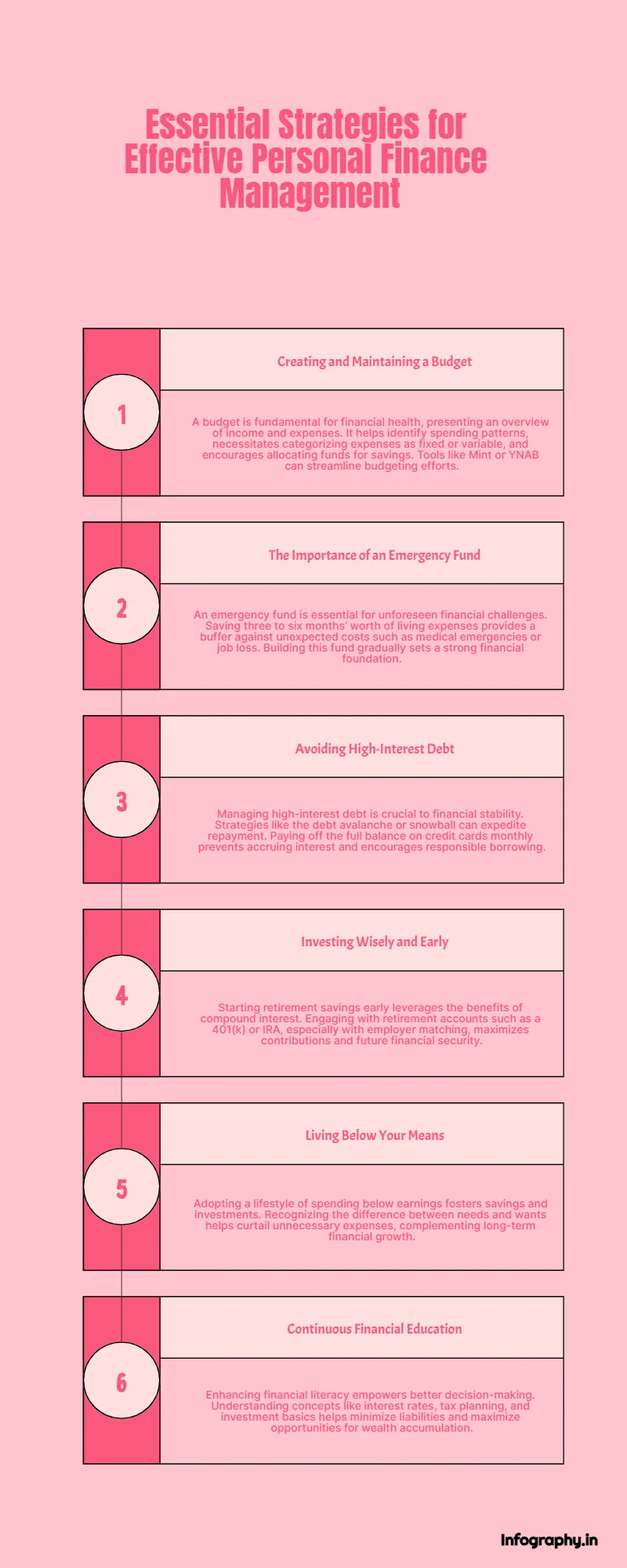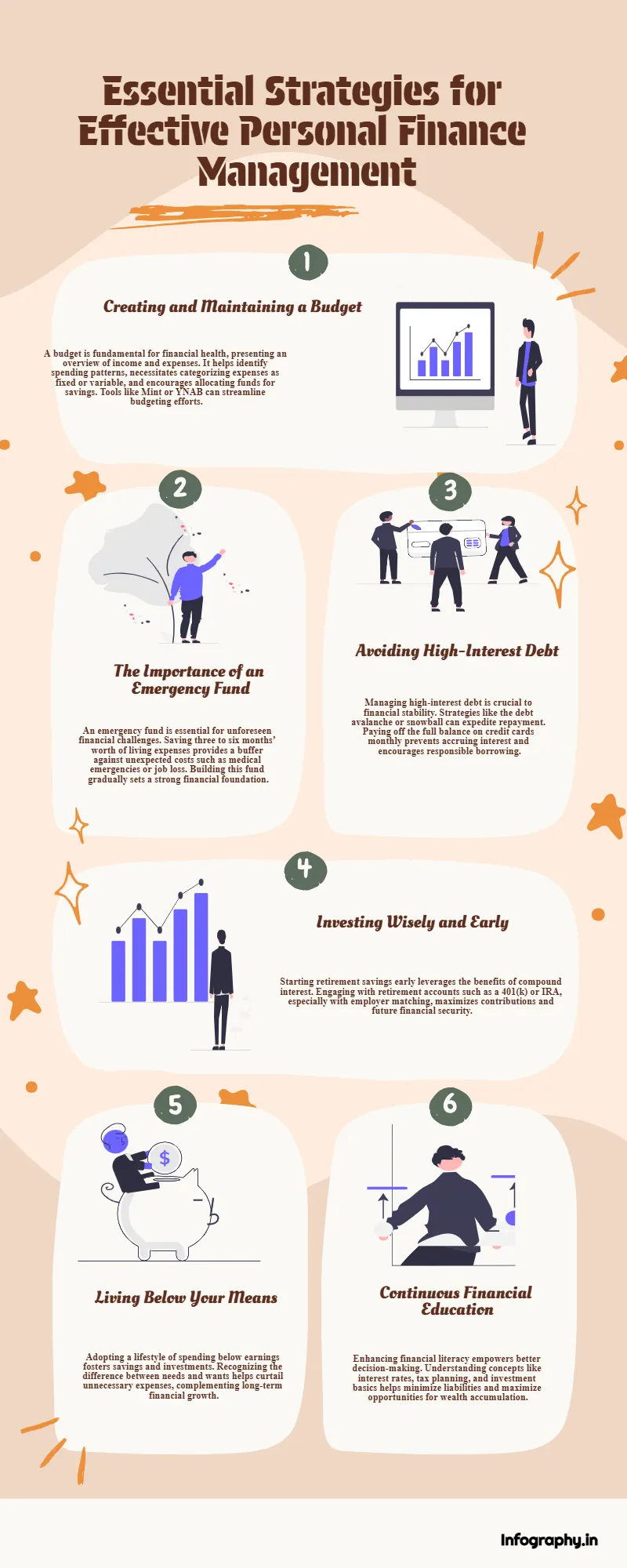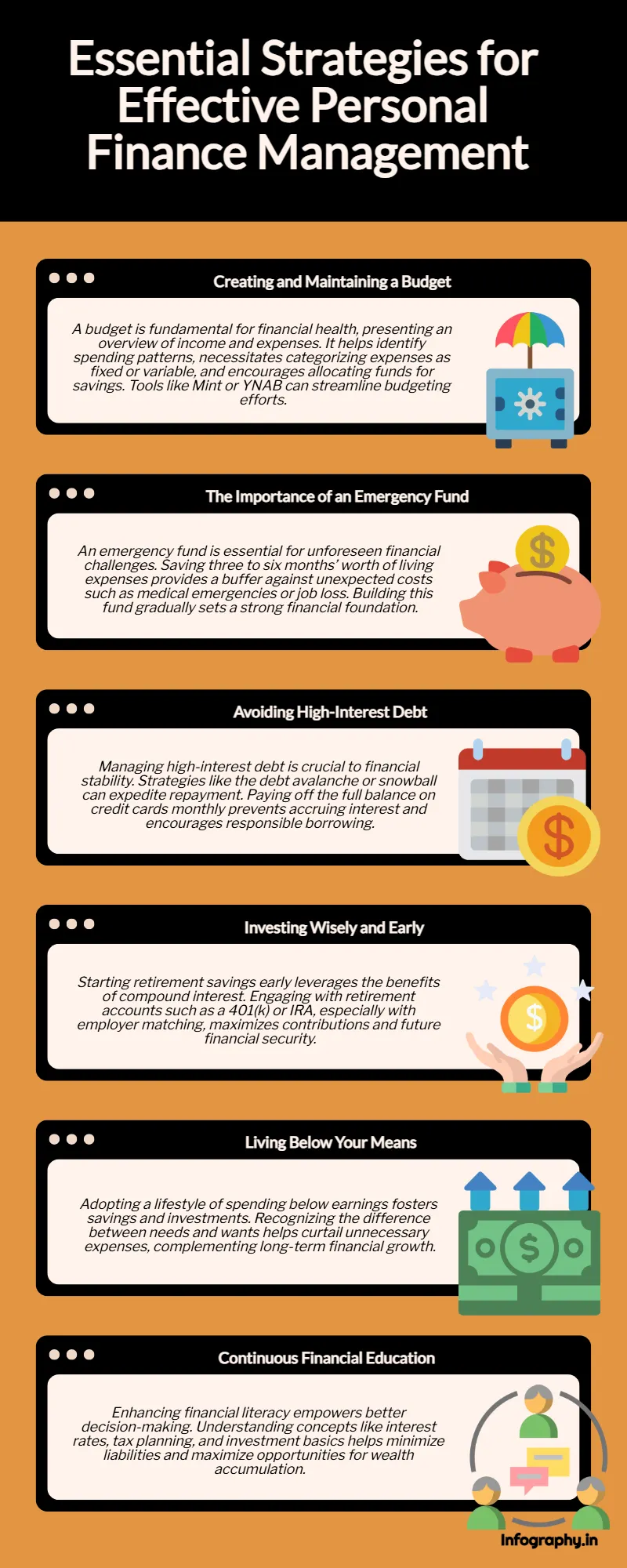Unlocking Success: Top 7 E-Business Strategies to Boost Your Online Revenue

In today's digital age, the potential for e-business growth is boundless, but success requires more than just a website. To truly unlock your online revenue, you need strategic thinking and an innovative approach. This article will guide you through the top 10 e-business strategies specifically designed to elevate your revenue and foster long-term success. From enhancing customer experience to leveraging data analytics, each strategy offers actionable insights to transform your online presence. Whether you're a seasoned entrepreneur or just starting out, these essential tactics will equip you with the tools you need to navigate the competitive e-commerce landscape. Get ready to revolutionize your approach and watch your online business thrive!
Understanding E-Business: A Brief Overview
E-business, or electronic business, refers to the conduct of business processes on the internet. It encompasses a variety of online activities, such as buying and selling products, providing customer service, and collaborating with business partners through digital means. E-business is not limited to e-commerce, which specifically involves transactions of goods and services. Instead, it includes a broader spectrum of operations that leverage digital technologies to enhance business efficiency, reach, and profitability.
The evolution of e-business has been driven by advancements in technology, changing consumer behavior, and the increasing globalization of markets. Today, businesses of all sizes are embracing e-business strategies to remain competitive and meet the demands of modern consumers. From small startups to large multinational corporations, the digital marketplace offers a wealth of opportunities to tap into new customer segments, streamline operations, and innovate business models.
Understanding the fundamentals of e-business is crucial for anyone looking to succeed in the digital landscape. This includes recognizing the importance of a strong online presence, the role of data analytics in decision-making, and the need for continuous adaptation to emerging trends and technologies. By grasping these core concepts, businesses can position themselves for sustained growth and profitability in the ever-evolving world of e-business.
Importance of E-Business Strategies for Online Success
In an increasingly competitive online marketplace, having a well-defined e-business strategy is essential for achieving success. These strategies provide a roadmap for businesses to navigate the complexities of digital commerce and effectively engage with their target audience. Without a clear plan, businesses risk falling behind their competitors and missing out on valuable opportunities to grow their online revenue.
One of the primary benefits of e-business strategies is their ability to enhance customer experience. By implementing user-centric design principles and optimizing website performance, businesses can create a seamless and enjoyable online experience for their customers. This not only drives higher conversion rates but also fosters customer loyalty and repeat business. Additionally, e-business strategies enable businesses to leverage data analytics to gain insights into customer preferences and behavior, allowing for more personalized and targeted marketing efforts.
Moreover, e-business strategies are vital for maximizing visibility and reach in the digital marketplace. Through techniques such as search engine optimization (SEO), social media marketing, and pay-per-click advertising, businesses can increase their online presence and attract a larger audience. These strategies also help businesses stay agile and adaptable, allowing them to quickly respond to changing market conditions and capitalize on new opportunities. Ultimately, a robust e-business strategy is the cornerstone of long-term success and growth in the digital age.
Strategy 1: Optimize Your Website for User Experience
Optimizing your website for user experience (UX) is a fundamental strategy for boosting online revenue. A user-friendly website not only attracts visitors but also keeps them engaged and encourages them to take desired actions, such as making a purchase or signing up for a newsletter. To achieve this, businesses must focus on several key aspects of UX design, including navigation, loading speed, and mobile responsiveness.
First and foremost, intuitive navigation is crucial for a positive user experience. Visitors should be able to easily find the information they are looking for without having to click through multiple pages. This can be achieved by organizing content into clear categories, using descriptive labels for menu items, and providing a search function. Additionally, incorporating visual cues, such as breadcrumbs and call-to-action buttons, can guide users through the site and improve their overall experience.
Another critical factor in UX optimization is website loading speed. Slow-loading pages can frustrate users and lead to high bounce rates, ultimately impacting your bottom line. To enhance loading speed, businesses should optimize images, leverage browser caching, and minimize the use of heavy scripts. Moreover, with the increasing use of mobile devices for online shopping, ensuring that your website is mobile-friendly is essential. A responsive design that adapts to different screen sizes will provide a consistent and enjoyable experience for all users, regardless of the device they are using.
Strategy 2: Leverage SEO for Increased Visibility
Search engine optimization (SEO) is a powerful strategy for increasing your website's visibility and driving organic traffic. By optimizing your website for search engines, you can improve your rankings in search results and attract more visitors who are actively searching for products or services like yours. Effective SEO involves a combination of on-page and off-page techniques, as well as a deep understanding of search engine algorithms and user behavior.
On-page SEO focuses on optimizing the content and structure of your website to make it more search engine-friendly. This includes using relevant keywords in your page titles, headings, and meta descriptions, as well as ensuring that your content is high-quality, informative, and engaging. Additionally, optimizing your site's technical elements, such as URL structure, internal linking, and image alt tags, can further enhance your search engine rankings.
Off-page SEO, on the other hand, involves building your website's authority and credibility through external factors. This includes acquiring high-quality backlinks from reputable websites, engaging in social media marketing, and creating shareable content that encourages users to link back to your site. By combining both on-page and off-page SEO techniques, businesses can achieve higher search engine rankings, increase their online visibility, and drive more targeted traffic to their website.
Strategy 3: Implement Effective Email Marketing Campaigns
Email marketing remains one of the most effective strategies for driving online revenue and nurturing customer relationships. By sending targeted and personalized emails to your subscribers, you can keep your audience engaged, promote your products or services, and encourage repeat business. To maximize the impact of your email marketing campaigns, it is essential to focus on segmentation, content, and timing.
Segmentation involves dividing your email list into smaller groups based on specific criteria, such as demographics, purchase history, or engagement level. This allows you to tailor your messages to the unique needs and preferences of each segment, resulting in higher open rates, click-through rates, and conversions. For example, you can send personalized product recommendations to customers who have previously purchased similar items or offer exclusive discounts to loyal subscribers.
The content of your emails is equally important in driving engagement and conversions. Your emails should be visually appealing, easy to read, and include a clear call-to-action. Additionally, using compelling subject lines and preview text can entice recipients to open your emails. Incorporating multimedia elements, such as images and videos, can also enhance the overall experience and make your messages more engaging.
Timing is another critical factor in the success of your email marketing campaigns. Sending emails at the right time can significantly impact open rates and conversions. Analyzing your audience's behavior and preferences can help you determine the optimal times to send your messages. Moreover, automating your email campaigns based on triggers, such as abandoned cart reminders or post-purchase follow-ups, can ensure that your messages reach your subscribers at the most relevant moments.
Strategy 4: Utilize Social Media for Brand Engagement
Social media platforms offer a unique opportunity for businesses to engage with their audience, build brand awareness, and drive online revenue. By leveraging social media effectively, you can create a loyal community of followers, generate leads, and increase sales. To achieve this, businesses must focus on creating valuable content, fostering interactions, and utilizing paid advertising.
Creating valuable content is the cornerstone of a successful social media strategy. Your content should be informative, entertaining, and relevant to your target audience. This can include blog posts, videos, infographics, and user-generated content. By consistently sharing high-quality content, you can establish your brand as an authority in your industry and keep your audience engaged. Additionally, using a content calendar can help you plan and schedule your posts in advance, ensuring a steady stream of fresh content.
Fostering interactions with your audience is another essential aspect of social media engagement. Responding to comments, messages, and mentions in a timely and genuine manner can help build trust and loyalty among your followers. Encouraging user-generated content, such as reviews, testimonials, and photos, can also create a sense of community and provide social proof of your brand's value. Hosting contests, giveaways, and live events can further boost engagement and attract new followers.
Utilizing paid advertising on social media platforms can significantly enhance your reach and drive targeted traffic to your website. By creating targeted ad campaigns based on demographics, interests, and behaviors, you can ensure that your ads are seen by the right audience. Additionally, leveraging retargeting ads can help you re-engage users who have previously visited your website but did not complete a purchase. By combining organic and paid strategies, businesses can maximize their social media presence and drive online revenue.
Strategy 5: Invest in Pay-Per-Click Advertising
Pay-per-click (PPC) advertising is a highly effective strategy for driving targeted traffic to your website and boosting online revenue. With PPC, you only pay when a user clicks on your ad, making it a cost-effective way to reach potential customers. To maximize the success of your PPC campaigns, it is essential to focus on keyword research, ad copy, and landing page optimization.
Keyword research is the foundation of a successful PPC campaign. Selecting the right keywords ensures that your ads are shown to users who are actively searching for products or services like yours. Tools such as Google Keyword Planner can help you identify relevant keywords and assess their search volume and competition. Additionally, using long-tail keywords can help you target more specific and less competitive search queries, resulting in higher conversion rates.
Crafting compelling ad copy is another critical aspect of PPC advertising. Your ad copy should be clear, concise, and include a strong call-to-action. Highlighting the unique selling points of your products or services and incorporating relevant keywords can make your ads more appealing to users. Additionally, using ad extensions, such as site links, callouts, and structured snippets, can provide additional information and increase the overall visibility of your ads.
Landing page optimization is crucial for converting clicks into sales. Your landing pages should be relevant to the ad copy and provide a seamless user experience. This includes having a clear and compelling headline, concise and persuasive content, and a strong call-to-action. Ensuring that your landing pages load quickly and are mobile-friendly can further enhance the user experience and increase conversion rates. By continuously monitoring and optimizing your PPC campaigns, businesses can achieve higher returns on investment and drive significant online revenue.
Strategy 6: Focus on Content Marketing to Drive Traffic
Content marketing is a powerful strategy for attracting and engaging your target audience, driving traffic to your website, and ultimately boosting online revenue. By creating and sharing valuable content, businesses can establish themselves as thought leaders in their industry, build trust with their audience, and encourage conversions. To maximize the effectiveness of your content marketing efforts, it is essential to focus on content quality, distribution, and measurement.
High-quality content is the cornerstone of a successful content marketing strategy. Your content should be informative, engaging, and relevant to your target audience. This can include blog posts, articles, videos, infographics, and podcasts. Conducting thorough research and providing actionable insights can help you create content that resonates with your audience and addresses their pain points. Additionally, using a consistent brand voice and style can enhance your content's impact and reinforce your brand identity.
Effective distribution is another critical aspect of content marketing. To reach a wider audience and drive traffic to your website, businesses must leverage various distribution channels, such as social media, email marketing, and guest posting. Sharing your content on social media platforms can increase its visibility and encourage engagement. Additionally, collaborating with influencers and industry experts can help you reach new audiences and build credibility. Email marketing is also a valuable tool for distributing content and keeping your subscribers informed and engaged.
Measuring the success of your content marketing efforts is essential for continuous improvement. Tracking key performance indicators (KPIs), such as website traffic, engagement metrics, and conversion rates, can provide valuable insights into the effectiveness of your content. Using analytics tools, such as Google Analytics and social media insights, can help you identify which types of content resonate most with your audience and drive the best results. By continuously analyzing and optimizing your content marketing strategy, businesses can achieve sustained growth and increased online revenue.
Strategy 7: Explore Affiliate Marketing Opportunities
Affiliate marketing is a performance-based strategy that involves partnering with affiliates to promote your products or services in exchange for a commission. This can be a highly effective way to expand your reach, drive traffic to your website, and boost online revenue. To maximize the success of your affiliate marketing efforts, it is essential to focus on selecting the right affiliates, providing them with the necessary resources, and tracking performance.
Selecting the right affiliates is crucial for the success of your affiliate marketing program. Your affiliates should have a strong online presence and a relevant audience that aligns with your target market. Conducting thorough research and vetting potential affiliates can help you identify those who are most likely to drive high-quality traffic and conversions. Additionally, building strong relationships with your affiliates and maintaining open communication can foster trust and collaboration.
Providing your affiliates with the necessary resources is essential for maximizing their effectiveness. This includes offering high-quality promotional materials, such as banners, product images, and pre-written content. Additionally, providing training and support can help your affiliates better understand your products or services and effectively promote them to their audience. Offering competitive commission rates and performance-based incentives can also motivate your affiliates to drive more sales.
Tracking the performance of your affiliate marketing efforts is critical for optimizing your strategy and ensuring a positive return on investment. Using affiliate tracking software, such as ShareASale or Commission Junction, can help you monitor key metrics, such as clicks, conversions, and revenue. Analyzing this data can provide valuable insights into which affiliates are driving the best results and which promotional tactics are most effective. By continuously refining your affiliate marketing strategy, businesses can achieve sustained growth and increased online revenue.
Conclusion: Measuring Success and Adapting Strategies
Measuring the success of your e-business strategies is essential for continuous improvement and long-term growth. By tracking key performance indicators (KPIs) and analyzing data, businesses can gain valuable insights into the effectiveness of their efforts and make informed decisions for future optimization. This includes monitoring website traffic, conversion rates, customer engagement, and revenue. Using analytics tools, such as Google Analytics and social media insights, can provide a comprehensive view of your performance and highlight areas for improvement.
Adapting your strategies based on data and insights is crucial for staying competitive in the ever-evolving digital landscape. This involves regularly reviewing and refining your e-business tactics to ensure they align with changing market trends and customer preferences. For example, if you notice a decline in website traffic, you may need to revisit your SEO strategy or invest in new marketing channels. Similarly, if your email marketing campaigns are not generating the desired results, experimenting with different content, segmentation, or timing may be necessary.
Ultimately, the key to unlocking success in e-business lies in a proactive and adaptive approach. By continuously measuring, analyzing, and optimizing your strategies, businesses can achieve sustained growth and increased online revenue. Embracing innovation and staying attuned to the latest industry trends can also help you stay ahead of the competition and capitalize on new opportunities. With a robust e-business strategy and a commitment to continuous improvement, businesses can thrive in the dynamic world of digital commerce.

